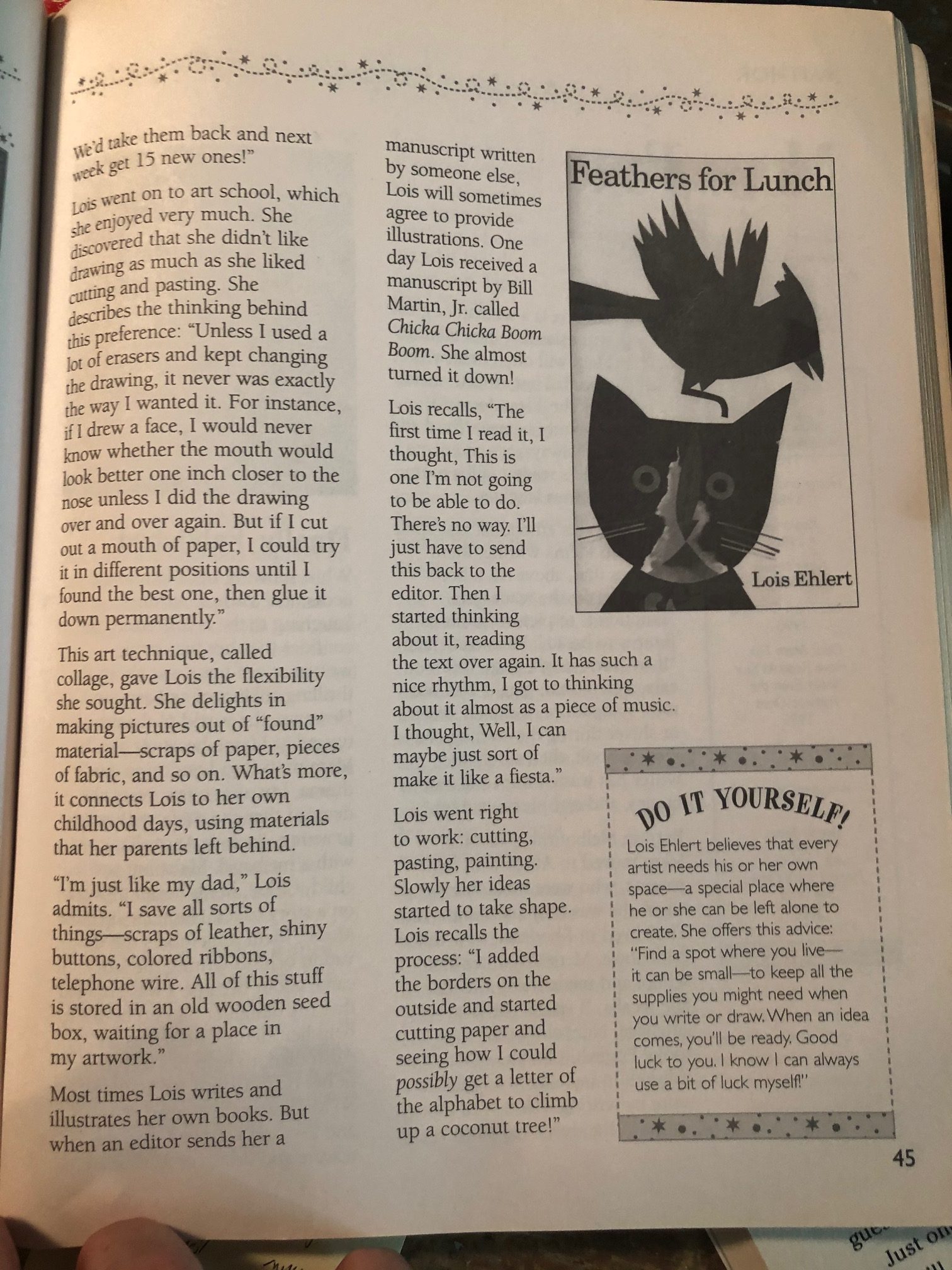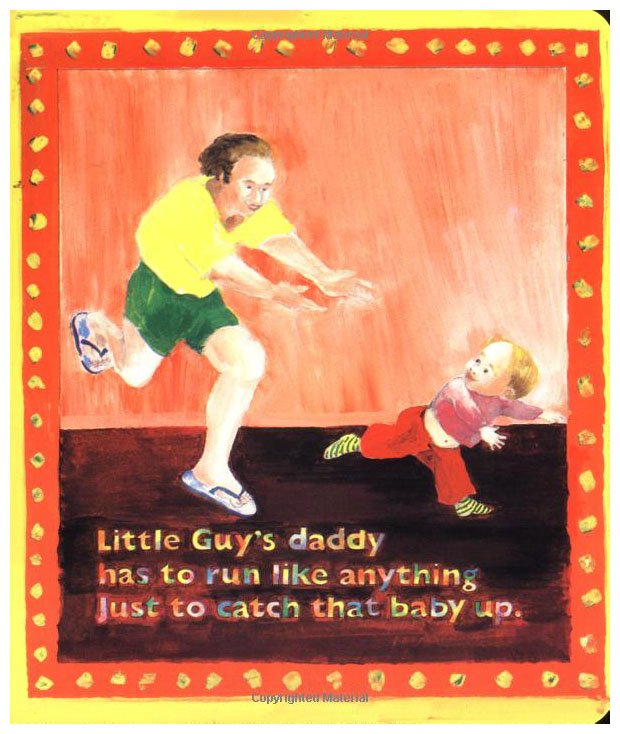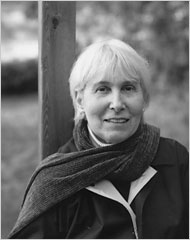“I happen to think that a book is of extraordinary value
if it gives the reader nothing more than a smile or two.
It’s perfectly okay to take a book, read it, have a good time,
giggle and laugh — and turn off the TV. I love that.”
— Barbara Park (1947-2013)
–

I was surprised and saddened to read that Barbara Park passed away on November 15th at the young age of 66. I never met Barbara in person, but I certainly got a strong sense of Barbara through her books. Every reader knows and feels this experience. When we read the best books, when we feel that electric connection, there is a communion that endures beyond time and space and even death.
In my career, I’ve had the opportunity to interview more than a hundred authors and illustrators. One of them was Barbara Park, who was genuine in every way. We spoke sometime in the late ’90s, and a bunch of those interviews were later compiled in a Scholastic Professional Book called, rather klunkily: The Big Book of Picture-Book Authors & Illustrators.
Good luck finding it. The book is long out of print (big sigh), but there are treasures within. It’s worth seeking out on eBay or wherever. I seriously wish I could write another someday.

I enjoyed memorable, lively conversations with so many great artists. A few of my favorites were Molly Bang, Aliki Brandenberg, Ashley Bryan, Barbara Cooney, Mem Fox, Kevin Henkes, Karla Kuskin, James Marshall, Bill Martin, Patricia Polacco, Jack Prelutsky, Faith Ringgold, Lane Smith, Peter Spier, Bernard Waber, Vera B. Williams, Charlotte Zolotow . . . and, of course, Barbara Park.
Barbara was warm, and kind, and modest, and funny, and absolutely genuine, just as you’d expect.
Here’s what ended up in the book, which was intended to be shared with students:
Best-selling author Barbara Park did not take the usual path to becoming a writer. “As a kid, I didn’t even read much,” Barbara confesses. “I bought books from the school book club because I liked the smell of them. It was nice to have this pile of new books. But I really had no great desire to read them!”
Barbara was a lively, active child with a motormouth and a sharp sense of humor. She had a great many interests, but writing was not one of them. “To me, writing was an assignment, period. I was no particularly imaginative. I didn’t sit around and make up stories to entertain my friends. But I was always the class clown. In high school I was voted ‘Wittiest,’ which, let’s be honest, is just a nice way of saying ‘Goofy!'”
It wasn’t until after college, marriage, and the birth of two children, that Barbara began to think seriously about writing. “I wanted to see if I could put my sense of humor to work. Because, sad to say, it was the only thing for which I’d ever got any recognition. I thought, Maybe I can write funny.”
Working at home while her two boys were in school, Barbara concentrated on books for middle-grade readers. Barbara lists The Kid in the Red Jacket, My Mother Got Married (and Other Disasters), and Mike Harte Was Here as personal favorites. She considers her best work to be Mike Harte Was Here. Many readers agree. In a stunning achievement, Barbara addresses a boy’s tragic, accidental death with writing that is at once deeply heartfelt and — amazingly — joyously funny.

In all of her books, no matter the seriousness of the theme, Barbara’s humor spontaneously bubbles to the surface. In fact, Barbara has made something of a career out of focusing on funny, irreverent, wisecracking kids who, like her, just can’t walk away from a punch line.
Though Barbara’s books are moral in the truest sense of the word, she steers clear of heavy messages and “life lessons.” Says Barbara, “I happen to think that a book is of extraordinary value if it gives the reader nothing more than a smile or two. It’s perfectly okay to take a book, read it, have a good time, giggle and laugh — and turn off the TV. I love that.”
In the early 1990s, Barbara was approached by Random House with the idea of writing a series for younger readers. It scared her half to death. Barbara admits, “There was some question as to whether or not my dry sense of humor would be picked up by younger kids.”
In the end Barbara decided that she’d have to write to please herself, to be true to her own sensibilities. “I can’t change my sense of humor,” Barbara explains. “If I did, it wouldn’t even be me trying to write this book. It would be me trying to write like somebody who didn’t think like me!”
Barbara soon created the irrepressible character Junie B. Jones. This best-selling children’s character, who often said and did all the wrong things, elbowed her way into the spotlight. Barbara didn’t have to look far for inspiration. “Junie B. is me in an exaggerated form,” Barbara admits. “I think the core of most of my characters is me. I mean, where else is it going to come from? It’s got to be from you.”
Though Junie B. is in kindergarten (with a move to first grade coming soon), Barbara has an uncanny knack for inhabiting her world. She says, “I’ve never had a problem becoming five years old in my head. I really think that you basically stay the same person all your life. I fell the essence of me hasn’t changed.”
Junie B. is by no means perfect. She acts out in class, she’s not always respectful, and she tends to massacre the English language whenever she opens her mouth (which is often). An ideal role model? Forget about it. Junie B. is much more than that — with her foibles and mistakes, she is as genuine as her readers. Junie B. is a pretty terrific kid doing her best to get it right — and happily succeeding most of the time.




















